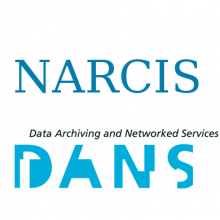Resource information
Semiarid regions are often secondary on the national to global (scientific) agenda, especially if abundant vegetation elsewhere draws attention and the local population is considered backwards thinking and poverty-stricken. The Caatinga, our case study, is such a region, home to millions of Brazilians and a vast biodiversity. Unfortunately, a widely uncoordinated land use change and biodiversity decline are happening, while farmers’ livelihoods are at risk. We hypothesize substantial weaknesses in the current governance practices. To explore governance of the less noticed region, we conducted interviews and field visits and complemented the findings with the literature and internet resources. Our multi-method approach combines the social–ecological systems framework with constellation analysis and dynamic modeling. The aim was to understand the current state of governance in the region and identify clues for more sustainable land management. The use and conservation of Caatinga are negotiated at multiple levels, which are only sporadically interlinked. The conversion of forest land into alternative land uses shifts and shares responsibility among different sectors, while cross-sectoral cooperation is rarely observed. The region and its population face massive prejudices. Obstructing attitudes, such as thinking in dichotomies, and paternalistic and opportunistic approaches, are being addressed by some new coalitions taking alternative action. It is unlikely that these isolated initiatives will converge by themselves to a larger transformation toward sustainable resource use. There is a need to bring the dispersed actions in a more focused and coordinated approach, integrating socioeconomic and ecological concerns, values, and partnerships.


